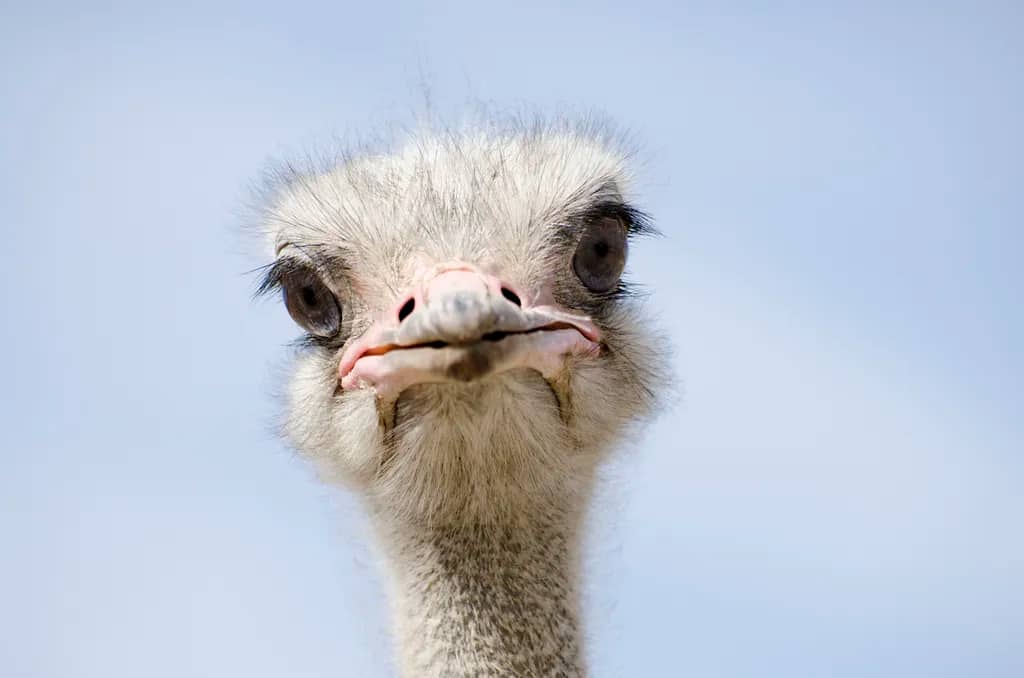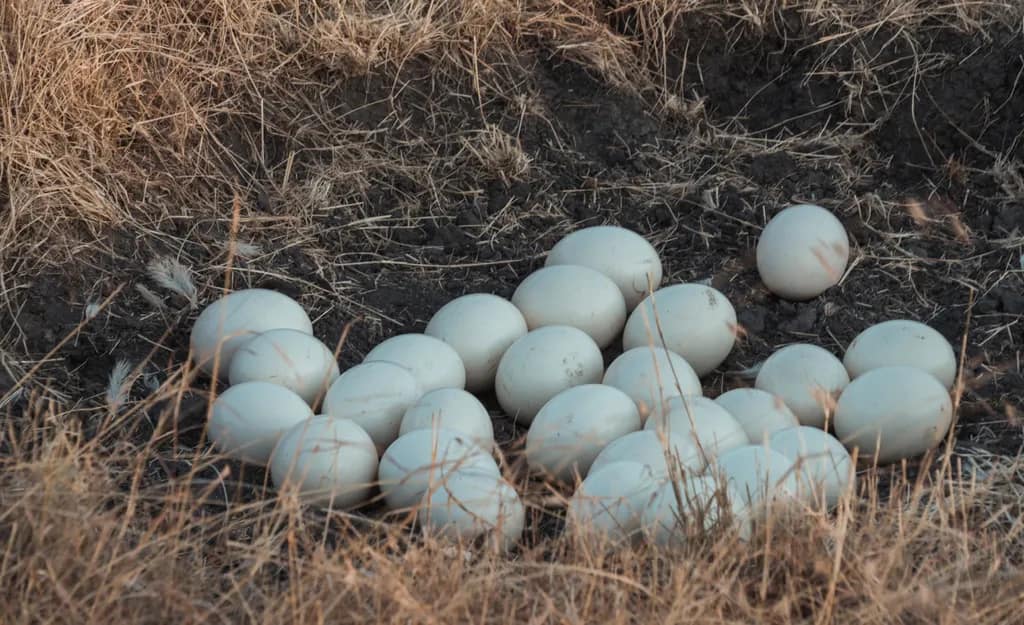The idea ostriches bury their heads when they feel threatened is thought have come from Roman naturalist Pliny the Elder around 2,000 years ago. But is it true?
For generations, humans have said that ostriches (Struthio species) hide by sticking their heads in the sand when they are in danger. This striking picture gave rise to the well-known expression “bury your head in the sand” to characterize a refusal to confront one’s issues straight-on.
According to ABC research, the Roman naturalist Pliny the Elder, also known as Gaius Plinius Secundus, who finished one of the first encyclopedia collections, may have developed this notion on ostriches. In “The Natural History,” Book 10, he tells the account of an ostrich that hides its head in the bushes to make itself inconspicuous.
He wrote, “They have the wonderful ability to digest all substances without distinction, but their stupidity is equally remarkable; for even though the rest of their body is so large, they imagine that the whole body is concealed when they have thrust their head and neck into a bush,” according to one translation of the text.
Do ostriches actually bury their heads, though? No, they don’t, yet they appear to be at times.

Ostriches are native to Africa and may be found in a range of environments, such as deserts, savannas, and grasslands. According to the San Diego Zoo, they are the biggest birds in the world, reaching up to 287 pounds (130 kilograms) in weight and reaching a height of 9 feet (2.7 meters). They do, however, show several behaviors that, from a distance, can give the impression that they are hiding their heads, and their heads are really tiny.
Ostriches deposit their eggs in shallow holes dug in the sand or mud, as opposed to nest-building birds. To keep the eggs warm, both parents rotate them many times during the day. From a distance, this action could give the impression that they are head-buried.

Additionally, since they search for food, such as grasses and occasionally tiny creatures like mice, frogs, and insects, ostriches spend most of their time with their heads near the ground.

With a top speed of 43 mph (70 km/h), they are the world’s fastest-running birds, according to the Smithsonian’s National Zoo. Ostriches have several natural predators in the wild, such as lions, leopards, and cheetahs, and they frequently flee from danger.
In order to blend in with the surroundings, they will occasionally lie very low on the ground with their necks outstretched if they are unable to flee. According to some accounts, ostrich adults use their wings to stir up the dust underneath them, forming a cloud that deters potential predators from pursuing their young. They are even capable of giving a lion-killing kick.
In actuality, ostriches do not need to bury their heads in order to detect and avoid predators; instead, they rely on their speed and acute senses.